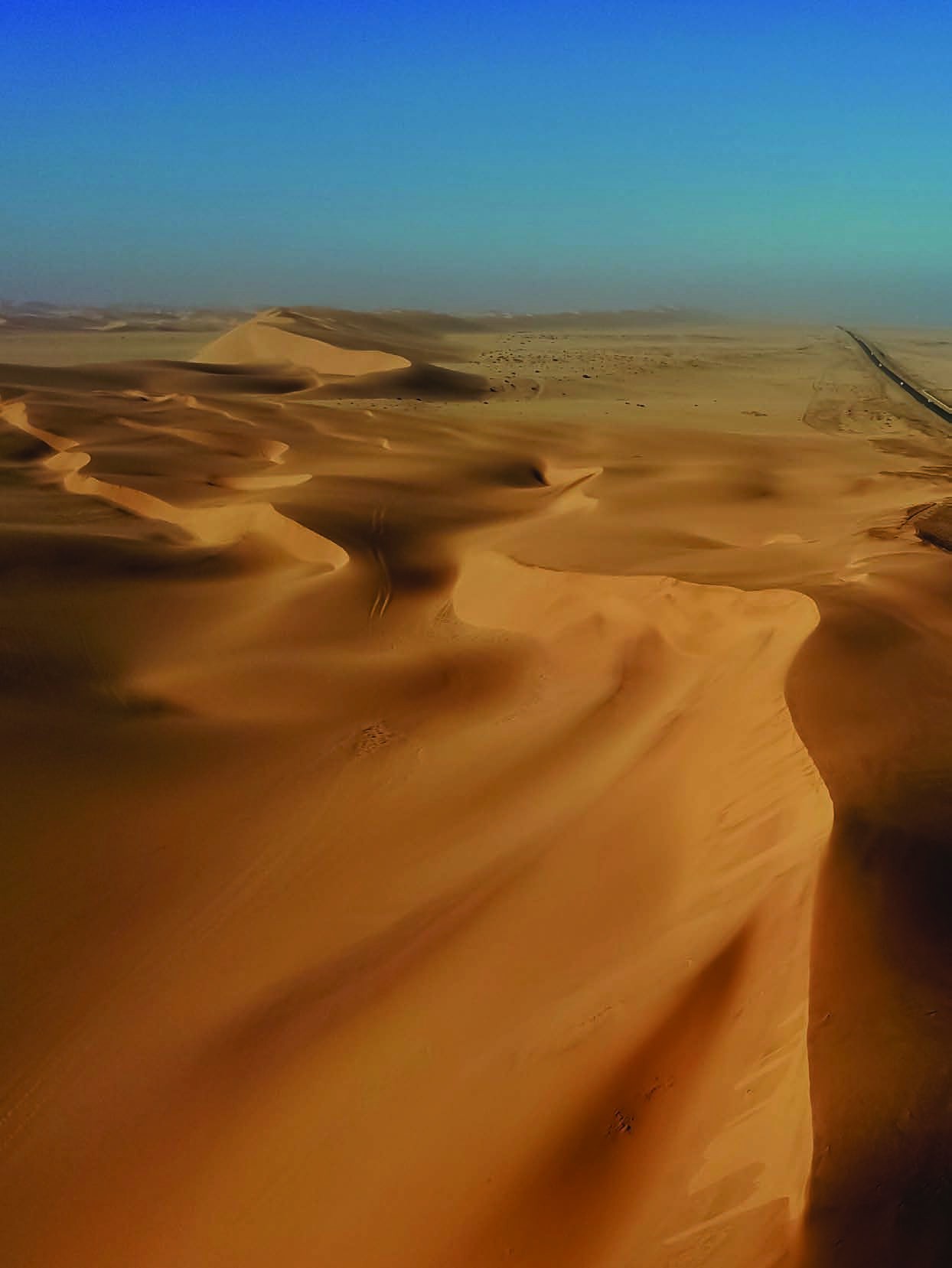
When we drive the 350 km that connect Windhoek to Swakopmund for the first time, it is hard not to imagine what we will find after the immensity of the Namibian desert. The answer is almost as simple as the path: a beautiful city by the sea.
Namibia’s history carries a colonialist legacy similar to that of its neighboring countries (Zambia, South Africa, Angola and Botswana). In that sense, Swakopmund is today one of the best-preserved sites of German colonial architecture in the world and, even today, a city with a considerable minority that speaks German. With almost 42,000 resi- dents, it is a hard space not to like.
Fishing lovers will have the challenge here of choosing the best place to cast their lines. Along the entire B2 (the road that connects Windhoek to Swakopmund), you can see dozens of cars with their rods ready to go into action. In fact, these will be your main traveling companions on the road, since it is likely that you won’t cross anyone else until you see the remains of boats that once sailed the Namibian coast.
Travelling this road is the embodiment of the old cliché: “the best part of a trip is the journey, not the destination” – you will have a lot of time to think, rethink, and think again, because, even with company, you will realize that the desert conveys great serenity.
About 120 km from Swakopmund, in the Erongo region, turn right on your way to Cape Cross. Cabo da Cruz (in Portuguese) was discovered by the navigator Diogo Cão and the name of the place is due to the fact that, in 1486, the Portuguese erected a stone pattern in order to mark the southernmost point reached by Europeans in Africa.
“One of the attractions close to Swakopmund is Walvis Bay and its huge colony of flamingos.”
Cape Cross is today a nature reserve protected by the Government of Namibia and is home to one of the largest sea lion and seal colonies in the country. You will have no difficulty finding it, such is the intensity not only of the smell but of the barking of the animals. The reserve was created in the late 1960s and in December, during the breeding season, the number of animals can reach 100,000.
After the animals are greeted, you continue to Swakopmund almost always, even if distant, ac- companied by the sea. Now, how do you try to describe such a unique city? Swakopmund represents the moment when the Namibian Desert falls in love with the Atlantic Ocean, with all the mystery that it entails. As a coastal city, it has beaches with cold waters and sand with all the shades of the desert.
The seaside walkways remind us of the Cape Town coast and are a constant invitation for outdoor and family walks. The end of the afternoon deserves special attention since the view from the jetty welcomes the sunset, which occurs at sea.
In the multiple restaurants, you will be able to find a gastronomy that unites German and South African influences with the richness of a very rich seafront. Hotel availability is plentiful, but it is recommended that reservations are made relatively early.
One of the curiosities that characterize the mystery of Swakopmund is the sea air, often trans- formed into fog, that covers the city. On the other hand, the German-influenced architecture gives very colorful and specific lines to the whole city, as are the examples of the Altes Gefäng- nis prison (designed by Heinrich Bause) and the Woermannhaus, today a military museum.
The city centre is well maintained and the colours of the sea are transferred to the buildings of the main services. You will find all the facilities you need and when in doubt, a few words in the English language will sort the matter.
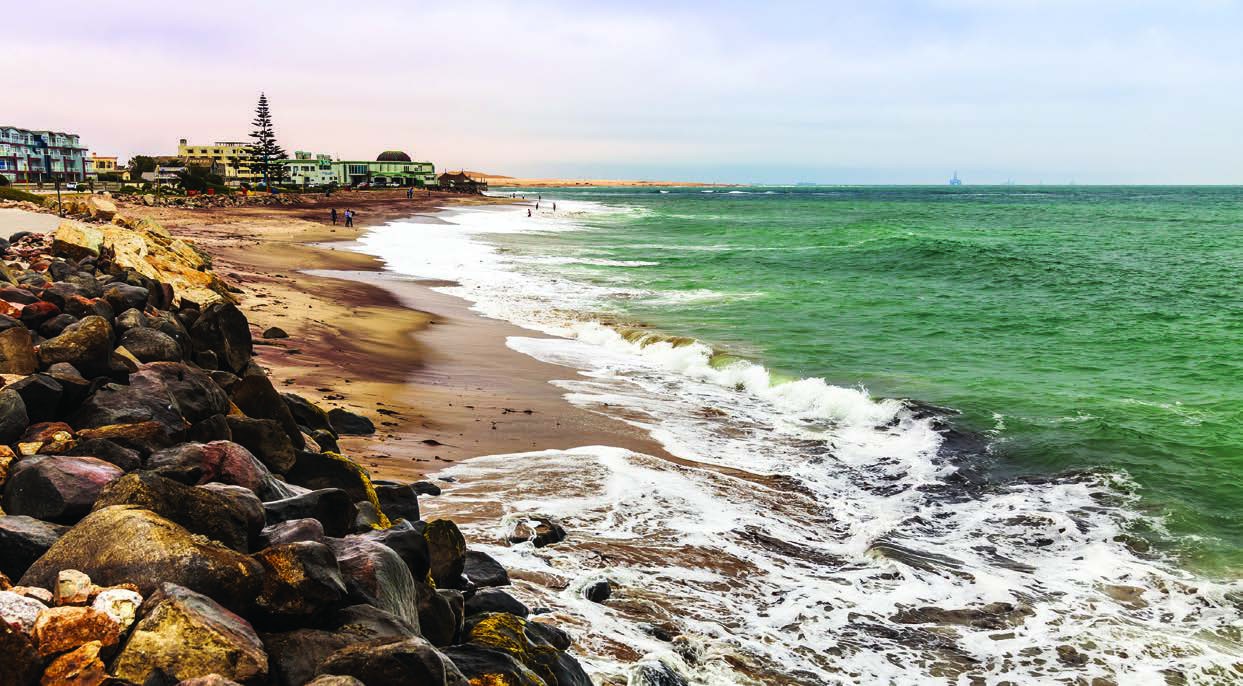
▶ HOW TO GO
There are those who enjoy the road and who have already travelled from Maputo to Swakopmund, connecting the two oceans by land. A more comfortable option is to take the LAM flight in Maputo, stop over in Johannesburg and then catch a connecting flight to Windhoek. Arriving in the Namibian capital, it is best to rent a car.
▶ WHERE TO STAY
Swakopmund offers a wide range of services. There are several options by the sea, but one of the references with an interesting value for money is the Atlantic Villa Boutique Guesthouse.
▶ WHERE TO EAT
Most of the oysters served in Cape Town are said to come from Swakopmund. True or not, the fact is that the city is a paradise for those who like the paradisiacal mollusk. The Jetty 1905 Restaurant is one of the biggest references, but the offer is vast and includes other emblematic places like The Tug or The Fish Deli.
▶ O QUE FAZER WHAT TO DO
With a rental car, you have a world ahead of you. Go to Walvis Bay and climb the 400 metres of sand on Dune 7. The neighbouring city of Swakopmund has several attractions, one of which is the colony of flamingos.
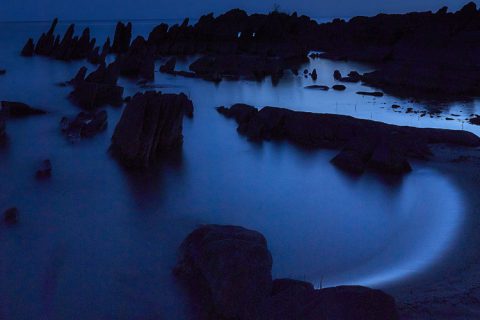
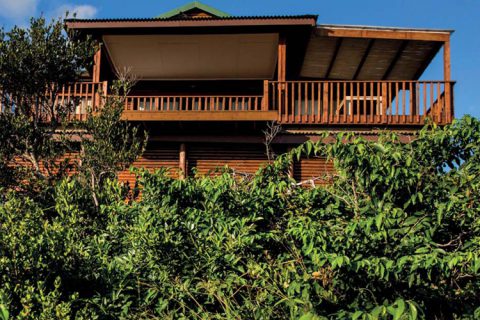

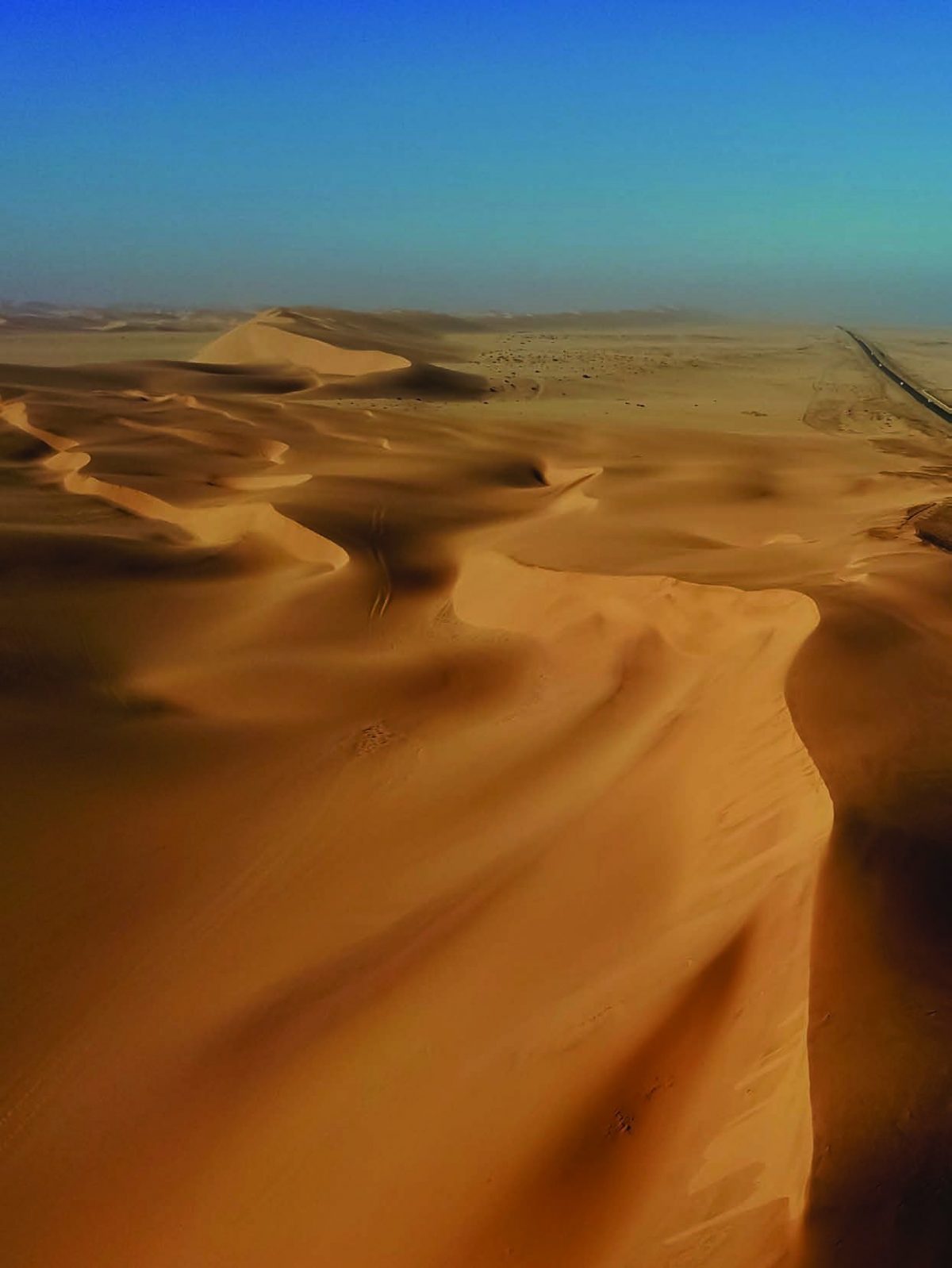
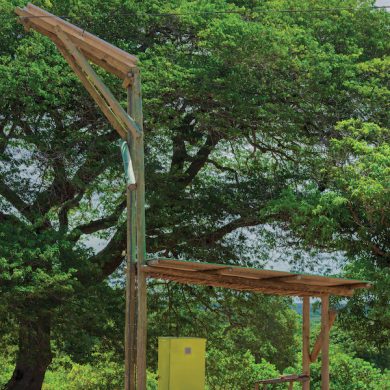




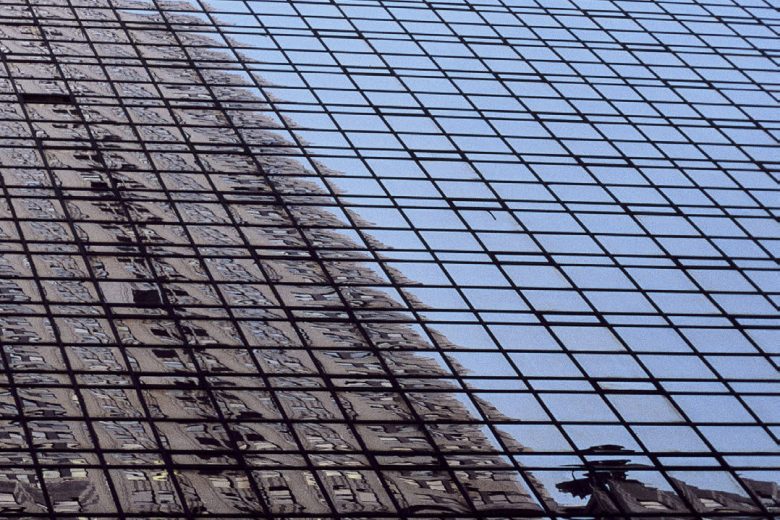











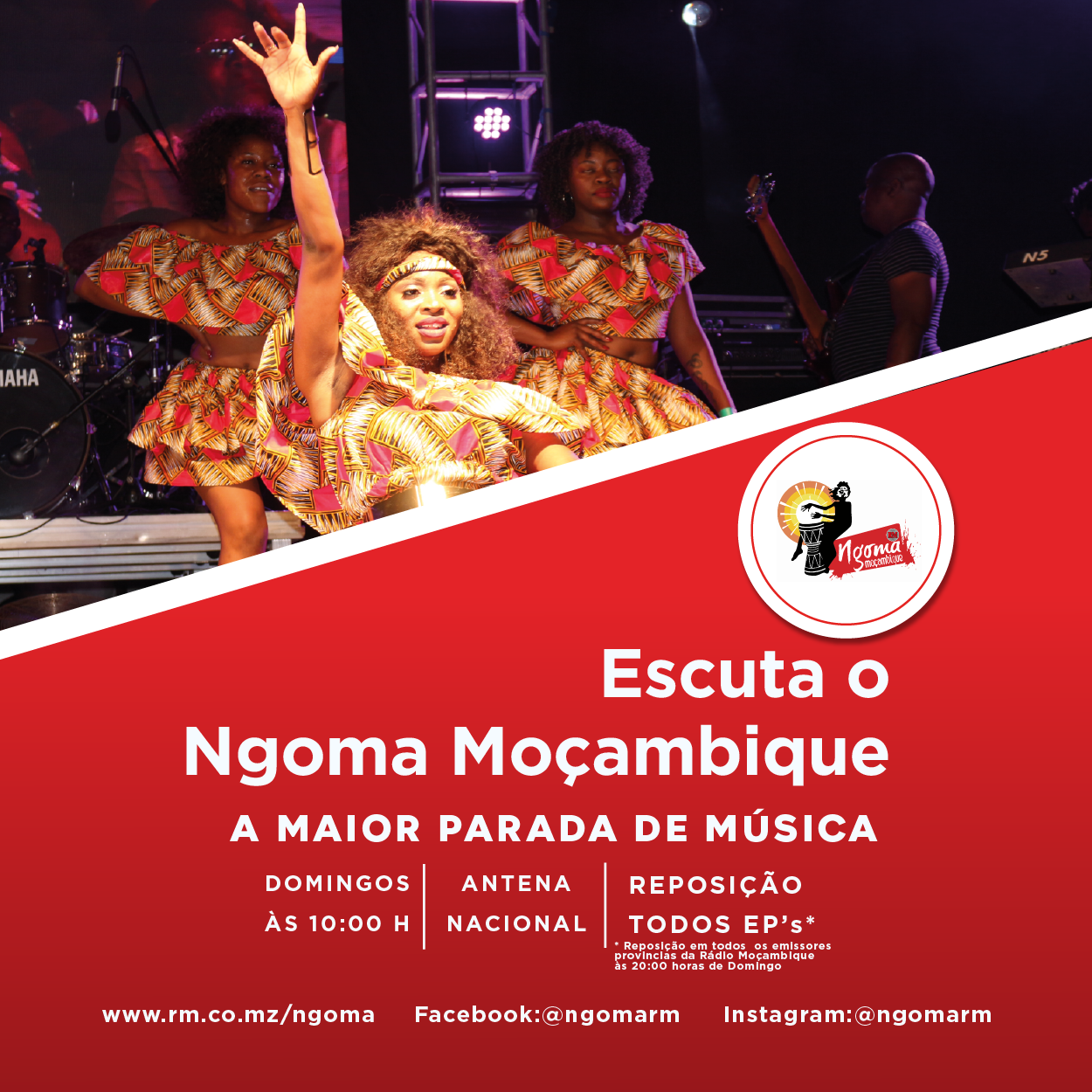






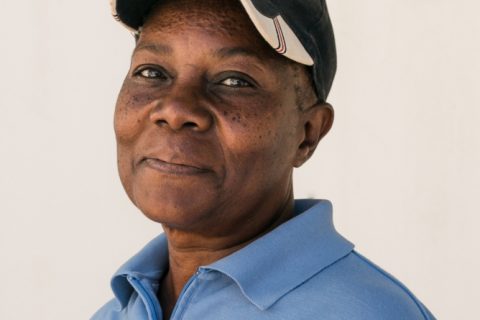
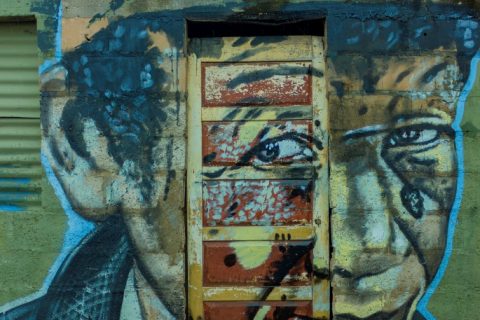


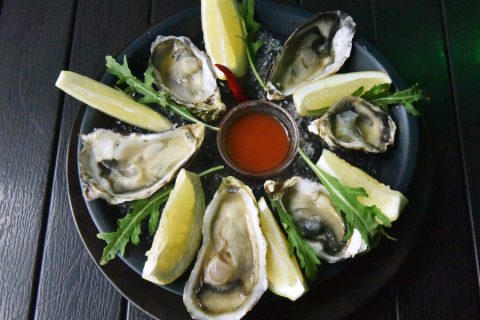
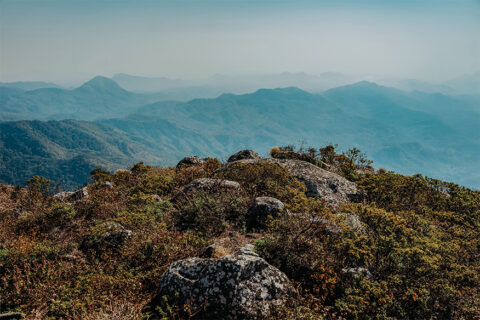


0 Comments